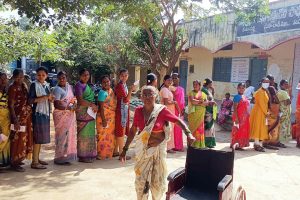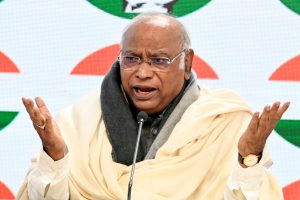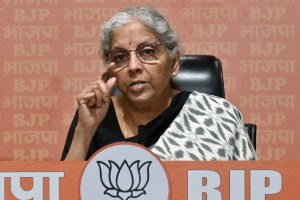“This is my last message. From today, Bangladesh is a sovereign and independent country…,” these words of Bangabandhu Sheikh Mujibur Rahman demolished the Pakistan that was created on August 14, 1947, by the British rulers.
A new country, Bangladesh, was born out of the remains of East Pakistan at zero hours on March 26, 1971 ~ immediately after the launch of “Operation Searchlight” by the Pakistan Army. However, it took 266 days to liberate Bangladesh from Pakistani occupational forces, who committed unprecedented genocide, killing three million innocent Bangladeshis, while forcing 10 million more to take refuge in India, and raping several hundred thousand of Bangladeshi women, alongside running a campaign of arson, looting and destruction of infrastructures.
On March 31, 1971, the Indian Parliament passed a historic resolution moved by Prime Minister Indira Gandhi, pledging whole-hearted support to the people of Bangladesh in their struggle for independence. The resolution concluded, “…This House records its profound conviction that the historic upsurge of the 75 million people of East Bengal will triumph. The House wishes to assure them that their struggle and sacrifices will receive the whole-hearted sympathy and support of the people of India.”
Tajuddin Ahmed, Number Two after Bangabandhu in the Awami League, was flown to Delhi after he crossed over to India. He had meetings with the Indian prime minister on April 4 and 5, 1971 and put forth his plan to form a government, and requested her to accord recognition to sovereign independent Bangladesh.
Indira Gandhi’s instinctive reaction was giving immediate recognition to independent sovereign Bangladesh, and back its liberation struggle with full military support. However, the then Indian Foreign Minister Sardar Swaran Singh cautioned her that while it was ultimately what India would have to do, it must also ensure that its credibility and political correctness were not questioned.
He felt that India could face collective international opposition from greater powers and the United Nations Organisation (UNO) as it could be accused of interfering in the neighbouring country’s affairs and fragmenting it.
The PM’s Secretary PN Haksar supported Swaran Singh. Mrs Gandhi did not commit about recognition, but she assured Tajuddin Ahmed that India would allow the Bangladesh government to function on the Indian soil and would provide the wherewithal for its functioning.
On April 17, 1971, the first government of sovereign independent Bangladesh was sworn in in a liberated area which was called Mujibnagar. The new Bangladesh government was located at 8 Theatre Road (now Shakespeare Sarani) in Kolkata, although it was claimed that it was functioning from liberated areas.
A prominent citizen of Kolkata, Ashutosh Ghosh, welcomed the Mujibnagar government, including members of the national and provincial assemblies, to his big house.
(The Daily Star)










